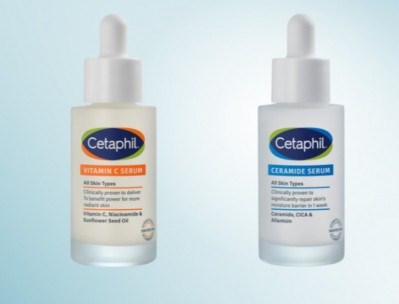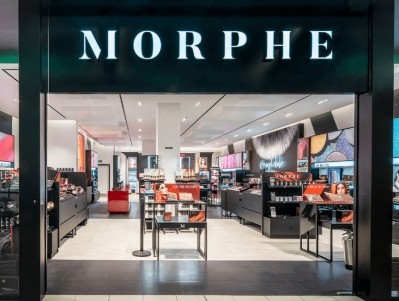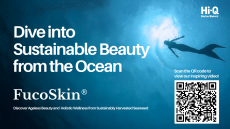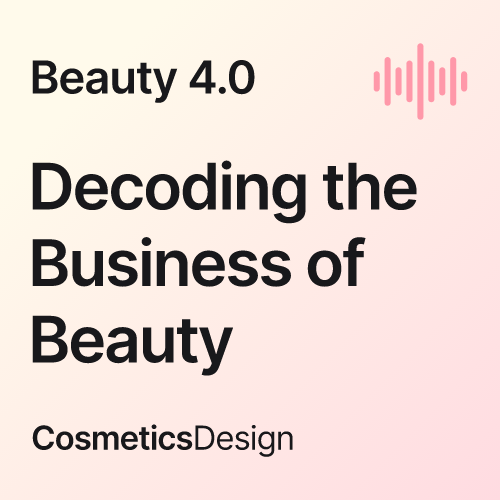Are European brands still attractive to Chinese consumers?
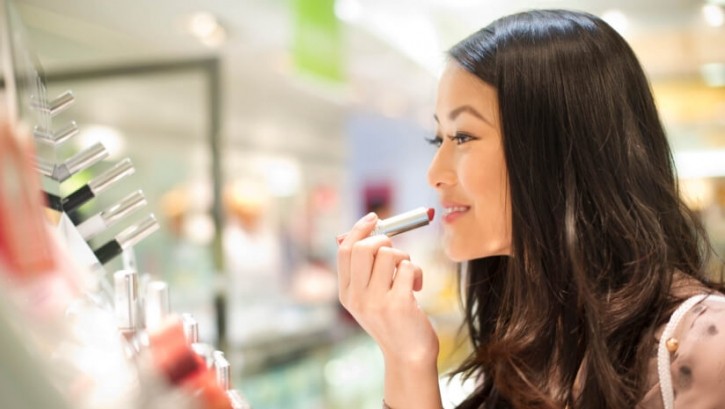
Over the past year, there has been a noticeable pattern of Chinese consumers not spending as much as they once did on luxury products from European brands.
Last week, LVMH reported its half year sales results for 2024, which highlighted that some of the business’ flagship brands (especially in the fashion and wine & spirits categories) have seen dramatic sales slumps due to this.
Other luxury beauty brands including L’Occitane en Provence and Beiersdorf’s La Prairie have also been affected by declining sales in China since the Covid pandemic, and the once-booming travel-retail sector in this region has also been hit hard.
Even L’Oréal Group's half-year financial results have revealed that sales in China are still not picking up as quickly as expected.
According to the company's CEO Nicolas Hieronimus, the products that fare well in China are the highly innovative ones that somehow stand out in the market. In the financial results call for the HY2024 results, Hieronimus said that whenever the company launches something highly innovative it always performs well in China. “That is what will stimulate consumption,” he stated.
We spoke to Franklin Chu, MD at China ecommerce accelerator Azoya to find out more about the Chinese beauty and luxury markets and to learn how companies can still attract these shoppers…
CosmeticsDesign-Europe (CDE): Some luxury goods companies/brands based in Europe/US have experiencing sales declines sales and attributed much of this to Chinese consumers not spending on high-end products as much as they once were. What is happening in China now?
Franklin Chu (FC): I think the luxury market is stumbling in the short-term, but in the longer term we believe it still has very big potential.
Luxury brands’ success in China is largely driven by the high consumer confidence pre-Covid, and mostly contributed by the middle-class citizens who quickly built up their wealth from the economy and housing boom. In the last few years, the housing crisis and the floundering economy is impacting the valuation of their assets in China, mostly real estate and stock markets, so many middle-class citizens are cutting back on luxury spend, preferring to save.
Some of the luxury brands which rely on their very important consumer (VIC) clients have more stable business because some of the VIC clients are less affected by the short-term economy. Brands that rely a lot on middle-class citizens could be impacted the most. Especially when the last two years many brands start to uplift their prices because of inflation in the western market, while in China many brands do not have a loyal group of customers that recognize their value, and they lose many customers to blindly follow up the strategy.
CDE: What is Azoya seeing and experiencing right now in terms of luxury goods consumption in China?
FC: In our own experience, we found that customer appetite for designer fashion is slowing down, yet the demand for luxury is actually increasing. The successful luxury brands still have very strong appeal to Chinese customers because of their history and the timeless products.
For example, in the fashion category, we have noticed the rise of ‘quiet luxury’ fashion such as Brunello Cucinelli, Loro Piana, Ferragamo because the VICs are no longer showing off their wealth by wearing big logos.
Middle-class citizens are also still spending, and their purchase power is still very strong, but instead of choosing luxury brands, more middle-class citizens are turning to functionalities and quality, notably in outdoor categories.
Arcteryx, Helly Hansen, Montbell, Desente, and local startup Kailas have quickly ascended to become the top choice for many people. If you look at the prices of these brands, they are much more expensive in China than in Western markets. An ArcTeryx jacket could easily cost $800, while in many markets they are sold only for $400~$500.
Lululemon is also becoming quite popular, which sells yoga pants for around $150.
We do believe the consumers can afford more expensive products, but they are also very rational in their purchase decisions.
CDE: What are you seeing specifically in the cosmetics market?
FC: The cosmetics market is a bit different from the macro economy. The authority released retail data showed that the retail sales of cosmetics have decreased 14.6% in June 2024 compared to last year, while the half-year total YOY growth is only 1%, which is much lower than 3.7% of total consumption growth.
In general, we think cosmetics retail sales are heavily impacted by the ongoing price war and shrinking customer demands. The whole market is trying to digest the excessive inventory produced one to three years’ ago when brands were optimistic. We often find luxury brands being discounted by unknown sellers to a very low price in China: probably 30-40% of the original price, and one can’t help wondering whether these products are authentic or fake.
When the market continued to be supplied with low-price items, it has brought the issue if profitability for many luxury brands that rely on full-price sales. Also, for many mass-tige brands, as their positioning is being threatened by easily accessible luxury brands, making it a challenge to persuade customers to choose their products.
CDE: What else should European brands that sell into China consider when it comes to the needs of Chinese consumers?
FC: As mentioned, Chinese consumers have low confidence in spending, due to the economic slowdown and asset depreciation. But the consumers are also much more educated today than 10 years ago, and their demands are diversifying. They no longer rely on one or two logos to exemplify their wealth or success.
The elite group of customers in China want the best things in the world that they can afford, and this is not limited to either Chinese local brands or international brands.
Middle-class citizens focus more on utility, so a domestic brand that can offer the same level of functionality and quality but is priced cheaper could win more market share.
A recent McKinsey study on Chinese consumers also highlighted a growing trend of consumption for international brands from lower-tier cities in China, where high-income consumers have less housing debt burden, and their spending power has just begun to rise.
CDE: Do you have any advice for European cosmetics brands on how they can still appeal to Chinese consumers?
FC: Western cosmetics brands still attract Chinese customers because of technology, formulations, ingredients, and functionality claims.
A lot of the brands also are endorsed by celebrities, and this is a good story for Chinese customers. But increasingly people are becoming more eco-friendly and sustainability is a concern. People want to see real results and value fast. Therefore, domestic brands are an easier choice for the customers because of lower price points and better marketing.
With the above challenges and opportunities, we think EU brands need to properly localise to Chinese customers both in terms of product formula, to adhere to trending concepts in China and demands for efficacy. In the meantime, they can adopt proper marketing messages within the right channels.
EU brands also need to increase their investment in China, because in the last one to two years we believe most brands were vacant from the Chinese market. Lastly, there is also a need to manage the sales channels responsibly.


